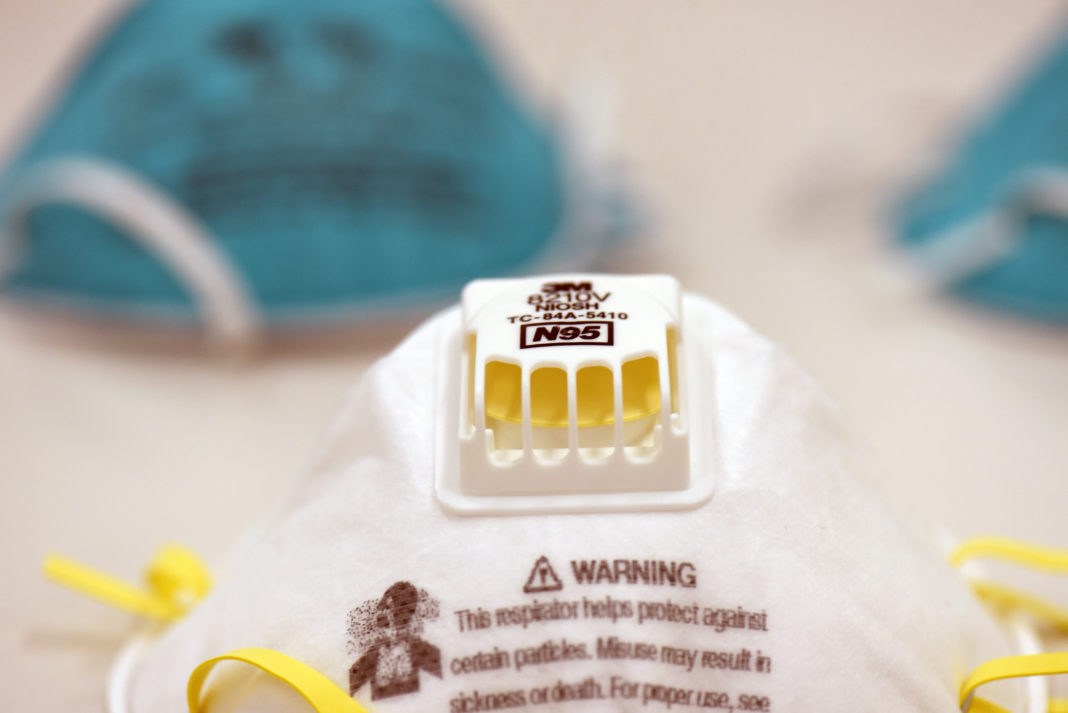Health care workers will be the first people in Texas to receive a COVID-19 vaccine once one receives emergency approval from the U.S. government, and on Monday a state panel of vaccine experts and politicians revealed which workers in the health field will receive top priority.
The “first tier” recipients, according to the panel’s new guidelines, include:
- Hospital-based nurses, doctors, custodians and other workers who have direct contact with patients
- Staff of nursing homes or other long-term care facilities who work directly with residents
- Emergency medical services providers such as paramedics and ambulance drivers
- Home health aides who manage “vulnerable and high-risk” patients
No COVID-19 vaccine candidate has received an endorsement from the U.S. Food and Drug Administration, though several pharmaceutical companies have said they intend to seek approval for vaccines that showed promising results in widespread clinical trials. State officials anticipate that a vaccine could be approved before year’s end but say that supplies will be severely limited for at least a few months.
In their Monday announcement, state officials described an initial phase of distribution, known as phase 1A, that will focus on the health care workforce.
If there are enough doses to go around, a “second tier” of health care workers will also be eligible to be vaccinated, including:
- Nurses, doctors, custodians and other workers who interact with patients in outpatient settings such as doctors’ offices
- Workers in freestanding emergency rooms and urgent care clinics
- Community pharmacy workers
- Public health workers who administer COVID-19 tests
- Mortuary workers such as medical examiners and embalmers
- School nurses
Early estimates from the Texas Department of State Health Services found there are more than 5 million people who are vulnerable or work in front-line jobs that increase their exposure risk. That includes more than 3.9 million people who are 65 or older, more than 638,000 health care personnel, more than 327,000 acute care hospital employees, more than 137,000 nursing home residents and more than 66,000 emergency medical workers.
The state’s adult population also includes more than 9.4 million Texans with underlying medical conditions that could increase their risk for severe illness associated with COVID-19.
“Protecting health care workers is essential to keeping the health care system intact and able to care for COVID-19 and other patients, so phase 1A of vaccine distribution, when the vaccine supply is most limited, will focus on making vaccine available to health care workers,” the expert panel wrote.
Gov. Greg Abbott said in a news release that the state will not mandate that Texans receive a coronavirus vaccine, and that the state’s distribution effort will be data-driven to reflect the state’s geographic diversity.
“This foundation for the allocation process will help us mitigate the spread of COVID-19 in our communities, protect the most vulnerable Texans, and safeguard crucial state resources,” Abbott said.
The governor said the state’s expert panel would later make additional recommendations about how and when to roll out a vaccine to other “critical groups.”
In most other respects, the distribution process is being dictated and paid for by the federal government, which has said the vaccine will be free to vulnerable people who can’t afford it and that providers will be able to bill health insurers for immunizing covered patients. The Trump administration has partnered with pharmacies like CVS and Walgreens to offer the vaccine to nursing home residents and workers and, later, the general public, once supplies become more available.
Pfizer, its German partner BioNTech and Moderna, makers of the two vaccine candidates that are furthest along in development, have predicted that they could be able to produce enough vaccine doses for some 20 to 30 million Americans — a fraction of the U.S. population — before the end of the year.
This story originally appeared on the Texas Tribune. To read this article in its original format, click here.








